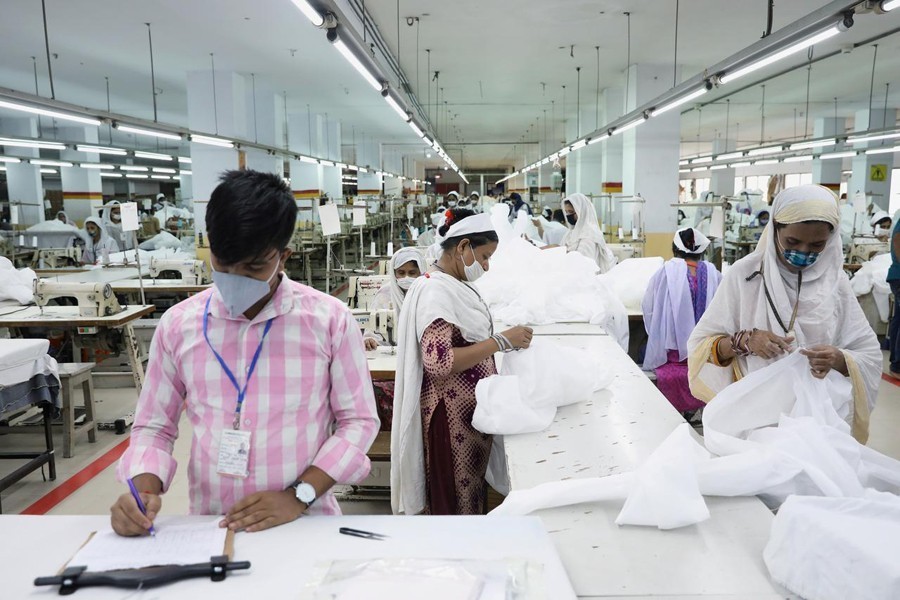Given its current reputation as the world's second largest apparel manufacturer and exporter, one wonders why Bangladesh is yet to make its presence felt on the global Technical Textile (TT) market. Seeing the recent rise in the demand for medical textiles, which is a category of TT, thanks to the COVID-19 pandemic, the importance of this subsector of the apparel market has now become too obvious to miss. So, Bangladesh can ill afford to miss it, as the global TT market's worth in 2020 was US$179 billion and has been growing at a 4.2 per cent rate to reach US$ 224.4 billion by 2025. Bangladesh's potential for being an important player in this particular market figured prominently in a study done by the German technical cooperation agency, GTZ. Highlighting the possibilities, it also pointed to the bottlenecks to overcome and the challenges to meet if Bangladesh is to take full advantage of the growing TT market. Obviously, to enter the market, Bangladesh will be required to build capacity through addressing the skills deficit in the sector, ensure adequate supply of capital for the start-ups and carry out necessary market research. At the same time, it will have to fulfil the compliance and certification requirements pertinent to this sector. Last but not least, getting a reliable source of the high-performance non-cotton raw materials necessary for manufacturing TT products is an important precondition to meet. As such, Bangladesh will have to act fast to catch up with its Southeast Asian neighbours like Thailand and Vietnam who have meanwhile staked their claim in the global TT market.
It is worthwhile to note at this point that the Asia Pacific region dominates the global TT market with its share, as of 2019, of 45.90 per cent where China is the biggest player with its 24 per cent share of the export market. Even as Bangladesh's apparel sector lacks necessary expertise in TT, its potential to claim a substantial share in the international market is huge. That is eminently clear from the fact that the existing infrastructure of the garment industry can also serve through certain adjustments and improvements to work as the springboard for producing TT products.
Evidently, the pandemic, as a blessing in disguise, has created an enormous opportunity for manufacturing and exporting medical textiles. These include, for example, PPE, hand gloves, masks and so on. Gradually, along with manufacturing personal care, healthcare and hygiene products, the manufacturing base can be further expanded to include also other specialised products for use in agriculture, homecare, packaging, construction, protective gear, automotive industry, aerospace, to name but a few. In fact, the range of TT products is indeed vast and so is the size of the market. Understandably, to be up to the challenge, the existing apparel industry will have to readjust its priorities and create a new ecosystem of collaboration and cooperation with all other related sectors of the economy.
At this point, the sector leaders should begin to work forthwith so that the existing apparel industry can soon catch up with other South and Southeast Asian players vying for their turf in the world market for technical textiles. The government, on its part, needs to play its due role and extend necessary financial and policy-related support to facilitate the process. It is believed, given the support, the apparel sector of Bangladesh would soon be able to carve out a niche for itself in the global Technical Textile (TT) market.


